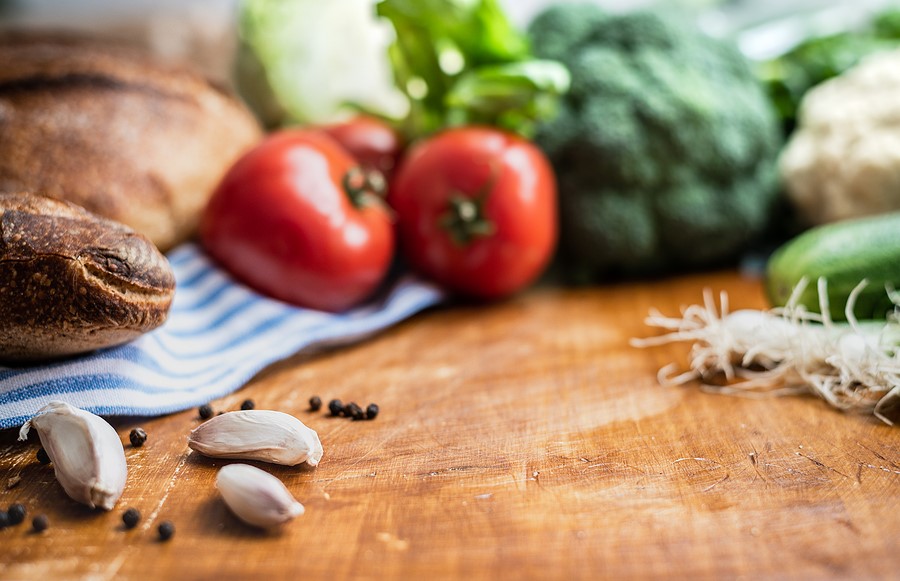News
Do You Know What The Water Scarcity Footprint Of Your Diet Is?
As the reality of the global water crisis really begins to set in over the next few years or so, it will become increasingly important for all of us to take stock of the impact that our individual activities are having on the planet and this increasingly vulnerable natural resource.
Everything we do uses water in some way or other and everything has its own unique water footprint, everything from the products we use and buy to our business operations… and even our diet.
Understanding what the water footprint of the food you eat involves thinking about where it’s come from, what sort of produce it is, how far it’s had to travel to reach your plate – and you might actually be surprised by how large the footprint can actually be.
New research, carried out by a team from the University of Michigan’s School for Environment and Sustainability, has been investigating the water scarcity footprints of food that needs lots of water, or which are grown in regions where water is scarce, including nuts, fruits and vegetables.
Yes, meat consumption is the main contributor to the water scarcity footprint of the average person’s diet in the US, the study explains, but it’s also important to note that other produce also has high footprints, as well.
Lead author of the study Martin Heller was quoted by Futurity as saying: “Beef is the largest dietary contributor to the water scarcity footprint, as it is for the carbon footprint.
“But the dominance of animal-based food is diminished somewhat in the water scarcity footprint, in part because the production of feed grains for animals is distributed throughout less water-scarce regions, whereas the production of vegetables, fruits, and nuts is concentrated in water-scarce regions of the US, namely the West Coast states and the arid south-west.”
Changes to diets that could reduce the water footprint include eating lower-intensity vegetables like kale, cabbage and fresh peas instead of high water-intensity ones, replace almonds, walnuts and cashews (high water intensity) with peanuts or seeds or replace beef with protein sources such as chicken, pork or soybeans.
Of course, making dietary changes is only the tip of the iceberg where reducing your water usage and consumption is concerned – and businesses can actually do a huge amount to reduce their reliance on freshwater resources, safeguarding them for the future.
There are a variety of different off grid water solutions you could look into, depending on the requirements of your business – and the team here at H2o Building Services can certainly help advise you on which course of action would be best to take. If you’d like to find out more, get in touch with us today.
